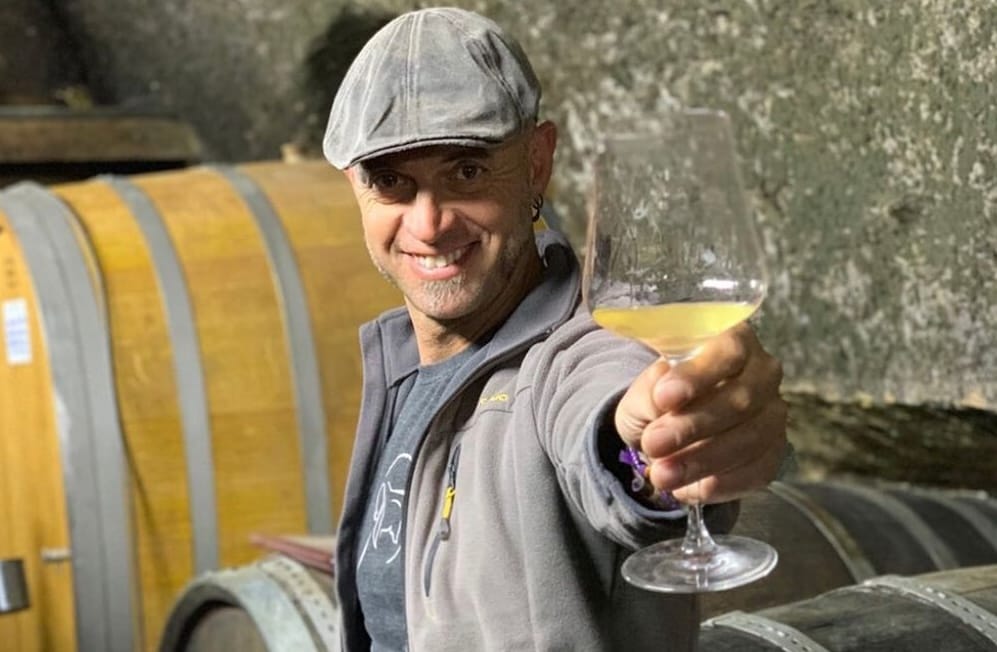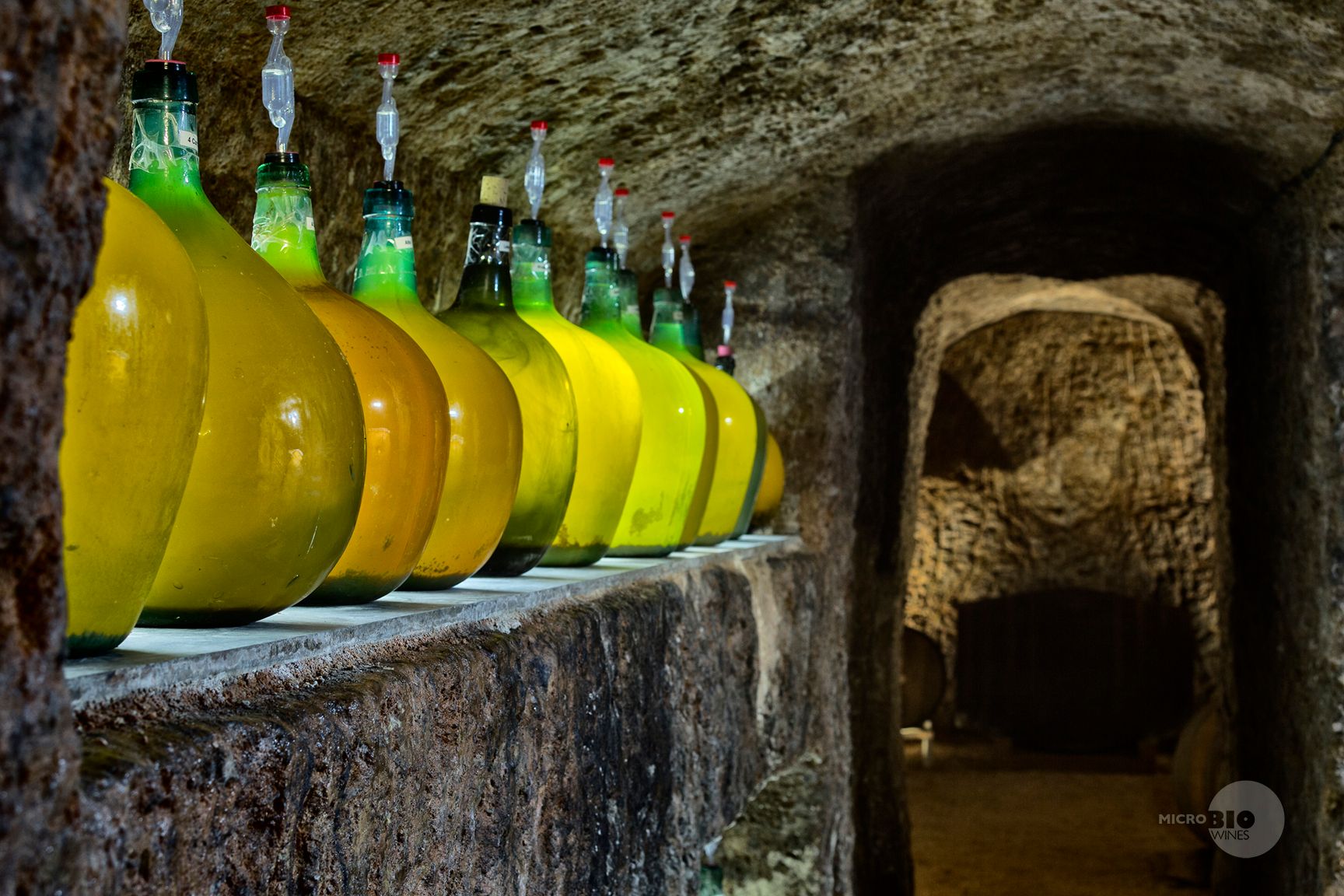
Meet the winemaker: Microbio
3 min read
Microbio is a winery run by 5th generation winemaker Ismael Gozalo in Nieva, Segovia. His father was the first to bottle the wine in their cellar based just in front of Nieva's church, in a space previously used by local monks. They grow pre-phylloxera Verdejo vines along with others at 8-900m above sea level on sandy soil amongst pine forest. They also buy grapes from Salamanca.
We had the opportunity to speak with Ismael. We hope you enjoy reading our conversation!
Can you tell us about how you came to be a winemaker, and why you make wine in the way you do?
I make wine because I am the 5th generation of my family to do it. I was born in the vines, during October in the middle of harvest. It was not a decision but an imposition to be in this life. Then I decided 24 years ago to focus my life on making wines for people. And I decided to make these kinds of wines because, my whole life, these were the wines I drank with my family. My grandparents, my parents, my whole family never drank wine with any chemicals. For us, this is normal wine - we never say natural wine because for us it is just 'wine'. Healthy wines.
Was there phylloxera there when you took over?
Phylloxera never arrived here because we live in a very sandy place. 60-70% of our land is sandy. It has a natural border of pine trees that fought the phylloxera from coming in. Phylloxera has 4 stages in its life - 1 of them is digging a hole down into the soil. In clay it is hard to drill down and in sand it is very easy but it's unstable and collapses on the way down, so the insects die in the soil and that's what protected our vines from it.
Yur vineyards are located in high, flat land at around 950m above sea level, that's very sandy. Does that create a bit of a microclimate?
Yes, it's hard in the winter and hard in the summer. We say we have 9 months of winter and 3 months of hell. During winter we can get -18 or -19 degrees C, it's a hard climate here. Usually it's -12 or -14 with a lot of snow. But the problem really is the summer, we can get 42-43 degrees. It's a very dry place with under 50L of rainfall per square meter, when 220-240 is the average. So it's nothing really. The roots are very deep and it is that reason that the plants can feed from the soil, they're 18-20 meters deep. Because of this, we want to preserve the humidity as much as we can.

What's Nieva like? Would you say it's underrated?
We say that we live in the middle of nowhere. Years ago it was a more important village because we lived here with 700 or so people. Now it is just 230-240 people. We have 4 more cellars in the village, which are bigger than ours. Hence 'micro' and 'bio' - we're a small winery working in bio. Easy to remember! But when I was young, here in the village, there was 70-72 wineries, private cellars. Most of the people here produced their own wine, but they are now old or dying, or moving out to live in the capital with their families. It's difficult to live in a small place because most people want more contact with other people. For me it's not an issue as I travel a lot around the world, but for older people they want to see their family and their friends.
I understand you work with some old vines, so it'd be good to hear a little more about that.
In France, people say vines are old if they're 20-25 years old and very old if they're 40-45 years old. Our youngest vines are 140 years and the oldest are 277 years. For me, that's what old vines are. And they create more concentrated juice. The rest of the vines in the area produce 12-13 tonnes per hectare, and ours produce 2.5 tonnes per hectare. For me, the most important thing is the quality. There is no limit to the quality working from these vines. For me, the trouble is for the rest of the sellers that want to produce cheaper wines without any soul.
Is there any revival of old grapes happening in the region?
I heard about some vines that are more than 300 years old - around 15km from here, in a village called Santiuste, the same age as Chilean vines. There's a special winemaker living there, Esmerelda Garcia, who produces healthy wines from these old vines.
Visit Microbio's RAW WINE profile to learn more about the winery.


